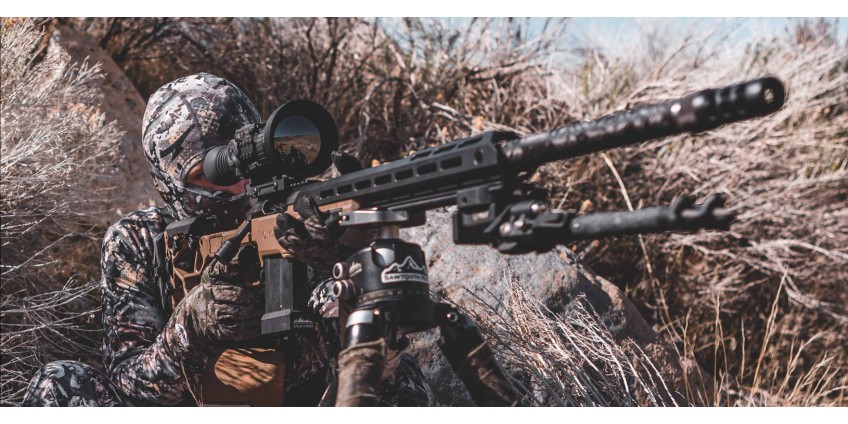
This product is not exportable outside the United States.
By adding this item to cart, you agree and acknowledge the Export Policy and confirm that you are a person in the United States with no intentions to illegally export the device.
This product is not exportable outside the United States.
By adding this item to cart, you agree and acknowledge the Export Policy and confirm that you are a person in the United States with no intentions to illegally export the device.


0

0


War has many faces. It also has millions of different faces and images woven into the world history of humanity, making the war even more monstrous and terrible. Even today's modern warfare is waged with the help of high-tech devices and advanced technologies.
There is one that you cannot see among these images, no matter how hard you try. His facial features are hidden behind layers of camouflage paint. He has blended into the camouflage net and camouflage uniform, and his body has been trained to remain motionless for hours. You won't see his face until he wants to. That is why the probability of seeing this mythical soldier is close to zero.
But, today, we will try to touch this closed caste. We will talk about fighters who are both despised and idolized, who exist and who do not exist simultaneously. These are the deadly ghosts of any conflict ever since humanity has devised ways to kill the enemy remotely. They don't even need to prove themselves on the battlefield. Snipers are so mythologized and covered in legends that they are not necessarily in the war zone. And without it, the enemy will hide a lit cigarette in his fist and hide the insignia. After all, the bearers of death are invisible and lightning-fast.
Even in the conditions of modern high-tech warfare, the main priority of which is the life and safety of soldiers, snipers remain the most crucial active element of the troops. Their task is not only to effectively, with pinpoint strikes from afar, eliminate the enemy's human resources and officers but, as we said earlier, to keep the enemy in tension with the certainty of a potentially lethal strike. A sniper is always indispensable, no matter how powerful and deadly drones, high-precision aircraft, and artillery. He is always invisibly present on the battlefield. He can provide intelligence and direct battery to the most vulnerable locations of the enemy.
The sniper is the most powerful invisible force that inspires horror and the inevitability of retribution.
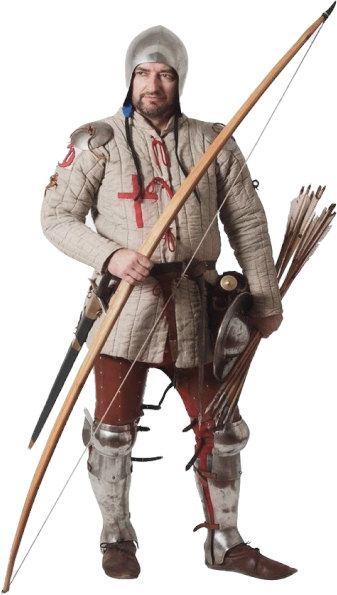
The value of a long-range shot has been clear to humankind since the beginning of wars. That is, from the very beginning of its history. But, it is tough to damage the enemy at a distance when you have a sling or a bow in your hands. Of course, the English archers, armed with legendary longbows, posed a tangible threat. But, this threat consisted of massive long-range shelling. Conducting aimed shooting with such a gun looked futile and ineffective.
The invention and introduction of firearms, it would seem, should have changed the situation and made it possible to eliminate targets from behind ranks with cavalry and infantry. But, these weapons had a critical flaw - the bullet behaved unpredictably. Strictly speaking, from the point of view of ballistics, it was nothing more than a tube from which a heavy ball flies out. But, on the other hand, he took off at high speed. It was this that gave hope to create a deadly and ergonomic weapon. But, at the same time, it was when such muskets began to be used that the victorious march of snipers began.
This is a controversial fact, but many scientists and researchers tend to start counting the chronology of the existence of sniper art as far back as the Civil War in England in 1642-1648. During this war, during the siege of the city of Lichfield, the assassination of Lord Brook, who commanded the army of Parliament, took place. A simple soldier named John Dayot was on duty on the cathedral roof, armed with a long hunting rifle. At a specific moment, he saw the lord lean out of cover and fire what is believed to be the first sniper shot in history. A bullet fired from a smoothbore musket flew 150 yards and hit the commander in the left eye. While successfully hitting a target at 80 yards with such a gun was an incredible result at the time, such a kill looked like fantastic marksmanship. And, let's not pay attention to the many oddities in this story and take it as a legend.
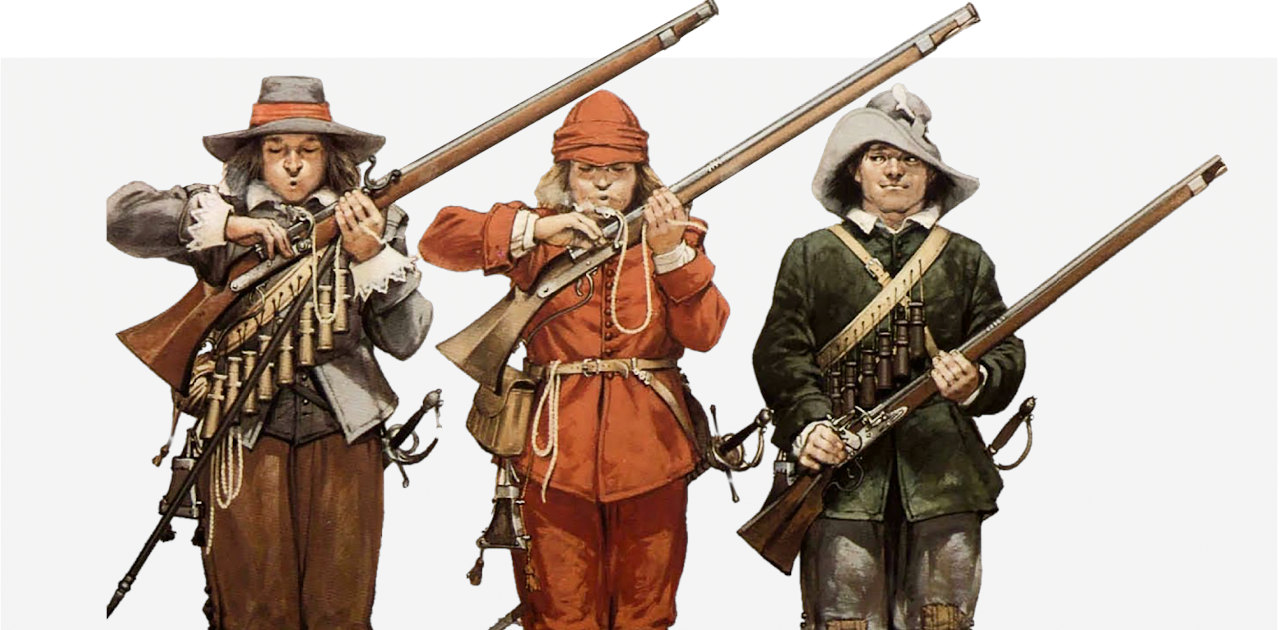
More likely is the birth of snipers during the American Revolutionary War. Especially if we agree to consider a sniper, first of all, a multifunctional professional, and not just a person who, with the help of circumstances, can make a successful long-range shot. After all, they are the experts.
Hunters, armed with their guns, began their war with a lot in America. They hid in the trees, disguised themselves, and used all their skills to destroy the enemy. At this time, a mass phenomenon of resourceful shooters was recorded.
History has preserved many examples of such a successful struggle. For instance, Timothy Murphy's 400-yard shot that killed General Simon Fraser became legendary. Or the murder of British officers at the battle of Saratoga in 1777, when a colonist fired from an ambush in a tree.
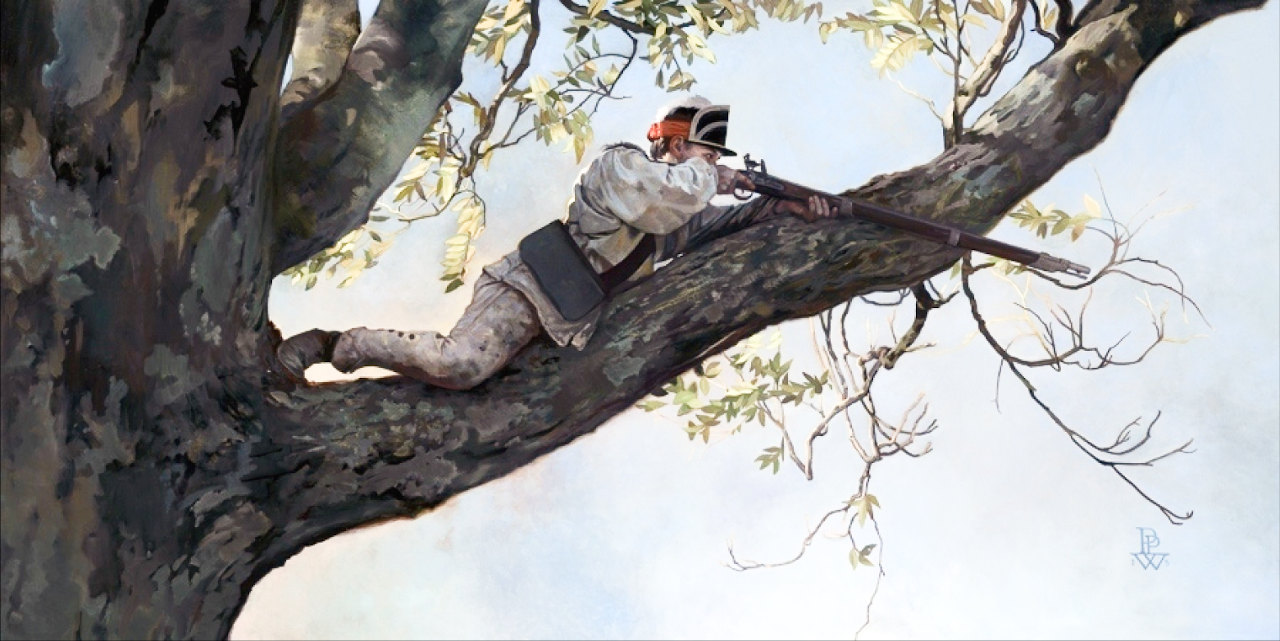
Timothy Murphy sniper
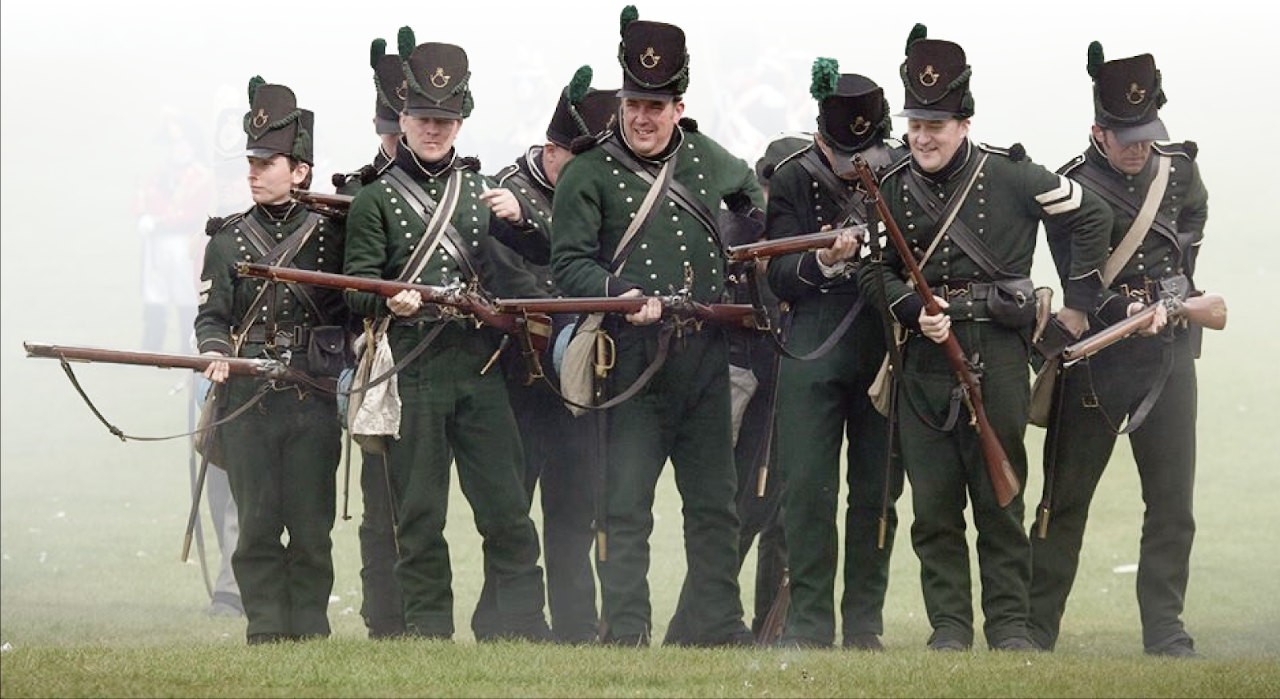
Royal Green Jackets
A real breakthrough in creating a new position in the regular army was the creation of the British "Green Jackets," so named because of the unique green uniform they wore. This happened during the Napoleonic Wars. It was then that a separate unit was created in the British Army. But, they became famous not because of the nickname and not because of the color of their uniform. Their distinguishing feature was that they were armed with the legendary Baker rifle. Tight grooves inside the barrel of this weapon made the flight of the bullet more predictable and direct; as a result, the shooter had more accuracy and deadly power. Despite the long reloading process, the Baker rifle proved to be an incredibly effective and innovative weapon, laying the foundation for further developing this type of rifle and such units.

Baker rifle
The "Green Jackets" unit, due to its effectiveness, quickly became a real elite of the army and, in 1801, received a nickname from English journalists, which became the prototype of the modern name for snipers - "sharpshooter." True, it is worth noting that the British stole this term from the Germans, who used an analog of Scharfschütze, twenty years earlier.
Further, the development of sniper art went in parallel with the development of technology and algorithms of the current war. It is worth noting that, in many ways, hunters contributed to this development. They possessed the full range of skills and abilities that were required for the prototype sniper. The only missing element was a decent weapon capable of effectively eliminating a target from a distance. The technological breakthrough of the nineteenth century fully reflected this.
What's more, by 1853, there was not just the first actual sniper rifle but the first true rivalry between two long-range shotguns. The sample that went down in history as the Enfield rifle. It was tested during the Crimean War. Despite, in general, good results, it nevertheless had several significant shortcomings.
The second one was adopted by the invention of the great English gunsmith and engineer Sir Joseph Whitworth - a rifle named after him. She had a system of rifling, which was already as similar as possible to the rifling of modern weapons and surpassed the Enfield rifle. However, this opinion was not expected until direct comparative accuracy tests between the two rifles. The Whitworth rifle was the winner, hitting a target at 2,000 yards. Her competitor had a more modest result: a shot at the target, at a distance of 1400 yards.

Whitworth rifle
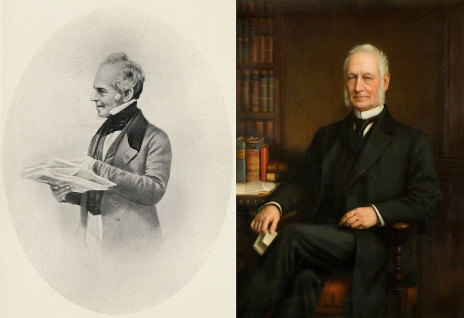
Robert Lucas Chance & Sir James Timmins Chance
Crimean War has become a training ground for new weapons, which later became sniper tools. Devices that became the eyes of a sniper were also tested there. We are talking about optics that bring the target closer and give the shooter the ability to see what is impossible to see from ambush distance, giving him the very advantage that turns him into a ghost. There will be much more to come: a night vision device, thermal sight, NV scope. But, the first, after all, was an optic designed by Colonel D. Davidson and manufactured by Chance Brothers of Birmingham. This was also a massive breakthrough because we should not forget that the sight must bring the object closer and withstand the crushing force of the weapon's recoil. Even though the shooter could not adjust the magnification, this was undoubtedly a breakthrough.
Strange as it may sound, neither successful combat trials nor a total victory over a direct competitor helped the Whitworth Rifle Company sell its product to the British Army. Why did it happen? Historians still argue about the reasons, but what can be said with certainty is that the quality of the rifle was not the reason. Because the company supplied weapons to the Confederacy during the American Civil War and to the French army. The Confederates actively used guns in the capacity for which they were created. And, quite successfully. However, as well as their opponents from the Union.
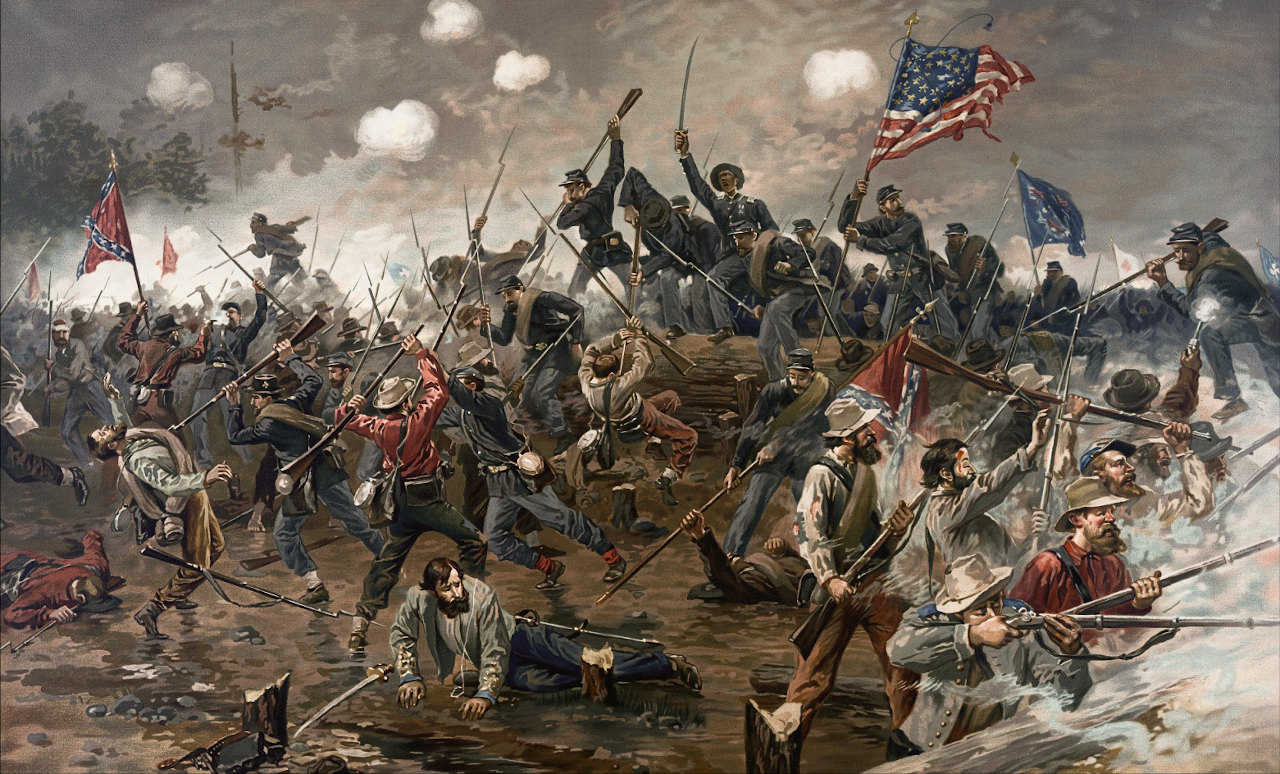
Battle of Spotsylvania Court House
One of the brightest episodes in the confrontation was the incident during the Battle of Spotsylvania Court House. On 9 May 1864, Union General John Sedgwick was shot dead by a Confederate sniper at 1,000 yards. This shocked everyone so much that they later said about that shot: "couldn't hit an elephant at this distance." This was the best proof of rifles' effectiveness and the lethality of sharpshooters.
This military conflict became a key one in the history of forming the culture of snipers. At the end of the nineteenth century, both sides involved in the war received the best weapons at that time. These were: breech-loading rifles with smokeless powder and magazines. For Boers, the Germans provided current Mauser rifles. The British army was armed with Lee–Metford rifles.

One could hardly imagine a more suitable place for a duel of two guns than South Africa with its endless prairies and vast open spaces. That is why arrows have become the most crucial element of this battle.
It was here that the first full-fledged sniper unit was formed, which first became known as the Lovat Scouts. It was assembled based on the Scottish Highland regiment and became a true legend in the confrontation with the Boers, worthy warriors and a dangerous opponent. Historians have preserved many testimonies and assessments of Lovat Scouts, and all of them are flattering, and some even look like science fiction. For example, some contemporaries described the fighters as "half wolf and half jackrabbit."
The Scots showed in practice that success lies not only in the ability to shoot. These guys were genuine intellectuals from the cruel world of war. They possessed tactical skills, knew how to survive in the wild, read maps, and had excellent field skills. The variability of actions in combat conditions has become a hallmark of the squad, and their motto characterizes them best: "who shoots and runs away, lives to shoot another day." The shooting was secondary for them. The main thing was to beat the opponent and survive.
What else to say about these legendary guys? They first began to use camouflage suits and became the fathers of sniper art.
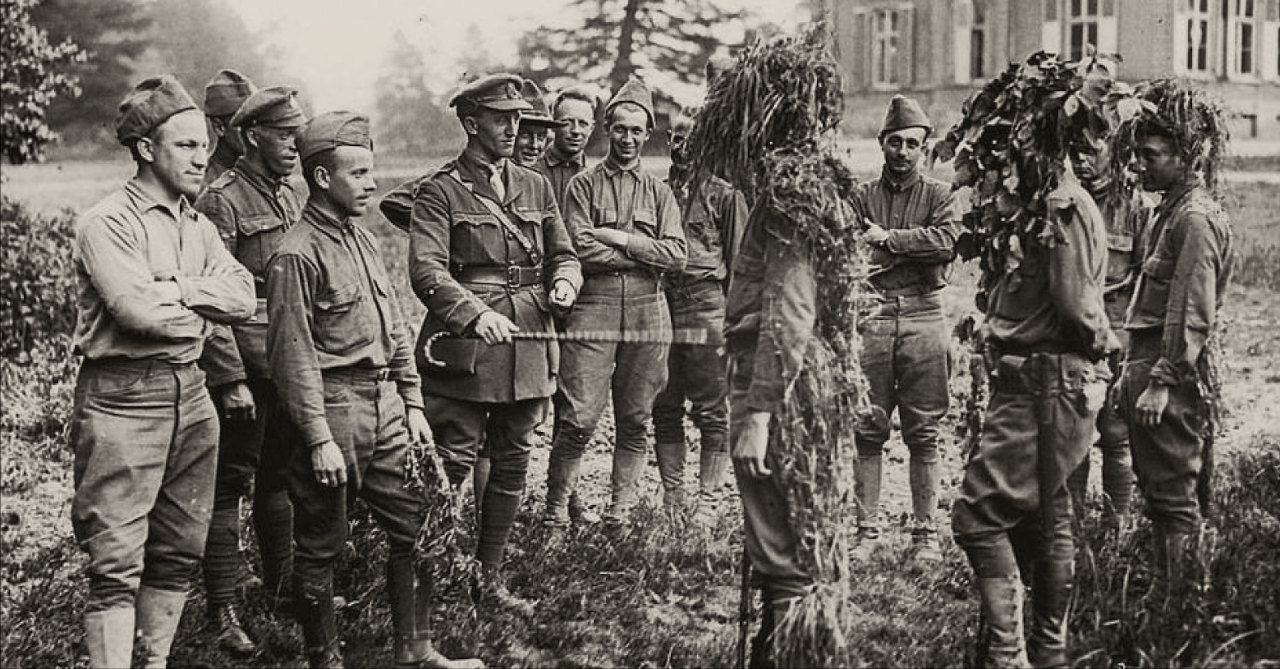
Lovat Scouts
If you think that the British fully and globally controlled the battlefield, then this is an erroneous impression. If the British could boast of elite units and individual platoons of their army, the Boers were much better motivated and prepared. Operating in familiar territory that had become home, the Boers instilled genuine fear in the enemy, primarily with their shooting skills. Each of them, acting autonomously, was ready to create a massive problem for the enemy at any time, in any place, thanks to skills, tactical flexibility, and ingenuity.
As you can imagine, this is an extensive topic. Many books have been written about snipers in the twentieth century. Many feature films and documentaries have been shot, and their experience has been described in hundreds of textbooks and monographs. We will not dwell on this period in detail, as we plan to release separate detailed articles on this topic. For now, we will give a few essential facts to understand the chronology and stages of the emergence of the art of the sniper.
Since the beginning of the twentieth century, the technological revolution has fully penetrated the arms industry. Scientific thought and production capacity have reached a point of contact, which has made it possible to create compact and durable components, producing reliable and effective weapons. A striking example of this statement is the design of a pistol, which has not fundamentally changed from those times to the present day. That is why the other vector of the technical development of personal long-range weapons has become progressive and logical. The main direction of development has shifted towards the tactical training of sniper soldiers and the development of protection methods against them.

Due to its peculiarities, World War I forced the world to reconsider the very paradigm of warfare, forcing generals to rewrite military tactics textbooks right on the battlefield. Trenches and positional battles became symbols of that terrible and critical time. The role of a sniper, a silent killer who can strike at any moment, becomes one of the symbols of the era. The Germans are the first to arm soldiers with weapons with optics. Other parties to the conflict are also following suit. A century later, one of the associations with the Great War would be sniper rifles: the British 1914 Enfield and Lee–Enfield SMLE Mk III, the Canadian Ross rifle, the German Mauser Gewehr 98, the American M1903 Springfield, and Italian M1891 Carcano.

British 1914 Enfield

Lee–Enfield SMLE Mk III

Canadian Ross rifle

Mauser Gewehr 98

M1903 Springfield

MM1891 Carcano
It must be admitted that the British Army had a particular advantage in the form of a rich experience of the war with the Boers. They quickly got their bearings in the current processes and began training snipers in specialized schools. Major Hesketh Hesketh-Prichard led this preparation. It is he who can be safely called the father of sniper art.
Hesketh-Prichard not only created the basics of sniper training, tactics, and philosophy, he developed effective and safe methods of dealing with enemy shooters. All his innovations quickly entered the arsenal of the warring countries. They were adopted even by opponents; countermeasures were so effective. And thanks to the conduct of active hostilities, the testing, and implementation of defense and attack measures took place very quickly. All the fantastic practical and theoretical experience of Major Hesketh Hesketh-Prichard was embodied in the book Sniping in France, which is still relevant today.
The trends set by the First World War continued during the most significant world conflict in history. Snipers began to play an important, even indispensable role during World War II. We will not even begin here to talk about this page of history. And, it is better to make a separate enormous article about this. Believe us. We have something to tell.
We only note that this war is remembered for such legendary sniper rifles: the German Mauser Karabiner 98k and Gewehr 43, the Soviet M1891/30 Mosin–Nagant and, to a lesser extent, the SVT-40, the British Lee–Enfield No. 4, and Pattern 1914 Enfield, the American M1903A4 Springfield and M1C Garand and the Japanese Arisaka 97.

Mauser Karabiner 98k

Gewehr 43

M1891/30 Mosin–Nagant

SVT-40

Lee–Enfield No. 4

Pattern 1914 Enfield

M1C Garand

Arisaka 97
The development of snipers, unique individualist warriors, is exciting, as is their history. But, let's move on to the present and answer the most interesting question: how is a modern army sniper equipped? To answer this question, we will consider a fighter of the best army globally - the US Army.
For example, we will not take police snipers, whose specifics are very different from military sharp-shooters. It is about the latter that we will tell. Moreover, they are presented in modern popular culture as universal soldiers, real ghosts hovering on the battlefield.
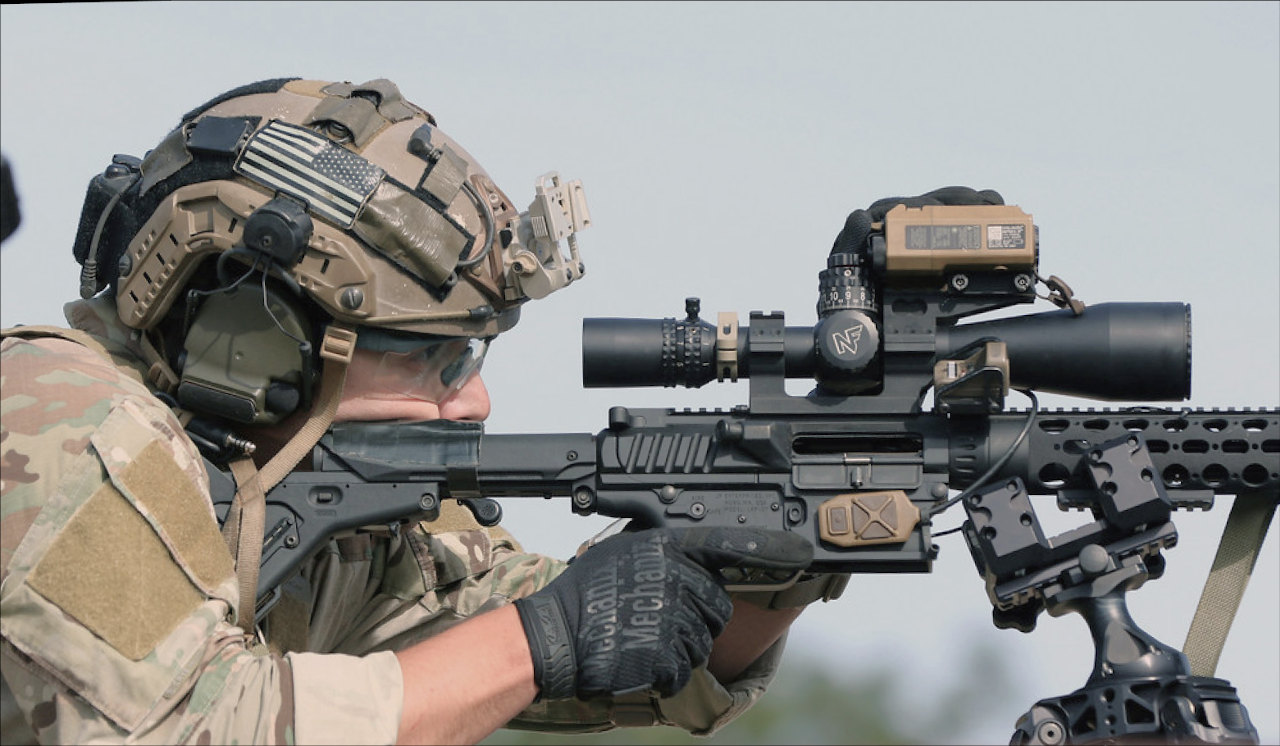
So, let's move on to the description of what it is impossible to imagine an accurate professional shooter without. The first item on our list will be the most important. What do you need to improve your life, and what is the most deadly weapon.
A sniper is a complex military specialization that not everyone can learn. In addition to specific training, such work requires a particular set of mental and psychological qualities. Of course, you may get a romanticized idea of sniper work, thanks to movies and video games. But the reality is harsh and ruthless.
The shooter (alone or as part of a sniper pair) must be in ambush for a long time have self-control and willpower. Sometimes, not even so: often, the fighter does not even have the opportunity to relieve himself, if you know what we mean. And this is the slightest problem.
It is tough to lie motionless in a shelter you have arranged while remaining invisible. To illustrate this point more clearly, let's say that in winter, fighters melt snow in their mouths so that they do not give out steam from their breath.
Therefore, the brain is the primary weapon of a sniper.
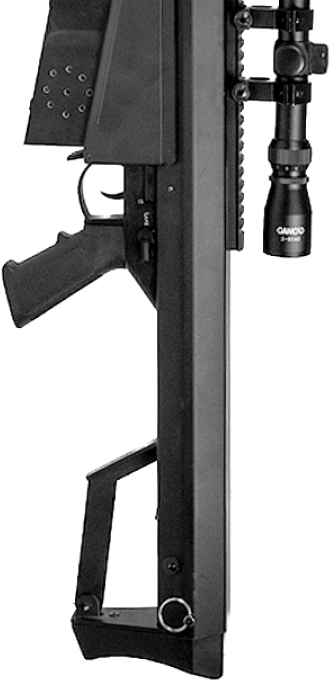
Long-range rifles are the primary weapon of the sniper. This is a continuation of the fighter, thanks to which he achieves his goals. This is such a monumental topic that it requires a separate detailed discussion.
But to give you an idea of how excellent the capabilities of a pro are, let's say that the farthest shot recorded is that of a Canadian Army Joint Task Force 2 sniper at 3,871 yards. The bullet spent 10 seconds in the air before hitting the target.

In our view, the sniper always sees the target through the gun reticle. And it seems that all you need is to pull the trigger with your finger. Everything looks so simple, but it's not.
It cannot be said that the appearance of powerful weapon sights somehow simplified the task of elite soldiers. Of course, they pushed the boundaries of possibilities, bringing them to completely new horizons. But, only a trained person can use them. Every millimeter, every micro-movement can ruin a shot. Therefore, the shooter must have complete control over his body, breath, and environment. Corrections for wind, humidity, time of day - this is an incomplete list of parameters that a soldier must keep in mind. And we are talking only about working with optics, and it should correlate with direct work with weapons.
But, fragile, expensive and effective weapon optics, until recently, was the only device that expanded the shooter's capabilities. But, progress has opened up such prospects that have turned the sniper into an impeccable predator. We are talking about night vision technology.
First of all, this applies to night vision scopes. But, do not forget about the NV binocular and night-vision monocular. Invisible warriors actively use all devices to eliminate targets and monitor and adjust fire.
Night vision technology is based on the accumulation of weak light and its multiple amplification. As a result, the observer receives a high-quality image in monochrome or even multi-color range. Devices based on the registration of thermal signatures solve the problem of observation at night when there is not enough light. These devices visualize all objects whose temperature is above absolute zero in any weather and the absence of light sources.
The combination of instruments of both technologies, combined with expensive and high-quality optics, makes the sniper's possibilities almost limitless. When a pair works, they become a nearly impeccable striking force. By combining thermal binocular and night vision scope, fighters become almost all-seeing as an example.

We have told much less about sniper art than we would like. But, even from our short story, you should have understood what sharpshooters are. And, as you know, being invisible is the essential condition for completing tasks.
For the opponent to not detect the warrior, all means are used. When we say everything, we mean everything without exception, including masking with the help of improvised means that destroy the smell. Here only your imagination can limit your ways.
In addition, warriors hide everything that can give them away, including weapons and optics. It is essential to mask the possible glare of the weapon sight. Insulating blankets help hide from the thermal imager. Clothing made of unique fabric hides from infrared radiation. And the right coloring allows you to merge with the environment. And the vegetation with which the sniper and equipment hide completes the picture of the ghost.

This is a special suit that merges the fighter with the terrain. It is a continuation of camouflage. It is specially designed for a specific landscape. It has such extensive camouflage capabilities that you won't notice a professional even if he's an inch away from you.

A professional is always a professional. Even if he is revealed, he will take the fight. The sniper has a compact automatic weapon and a pistol for close-range firefights.

Everything you can take with you. Laser pointers, wind instruments, knife, first aid kit, insect repellent, and pepper spray. Everything you need to complete the task and with which you can quickly move around. Spreadsheets, a pencil, and a notepad are essential items for a warrior. Do not forget that everything a soldier has, in addition to its direct purpose, can become a weapon in the hands of a professional.
The mysterious and omnipotent figure of the sniper requires close attention not only on the battlefield. We will return to this topic in the future. We are waiting for a conversation about the tactics of sharpshooters and methods of countering them. We will talk about original records and legendary shooters. About the conflicts that these people influenced and about the weapons they used. This story has just begun.
Table of contents